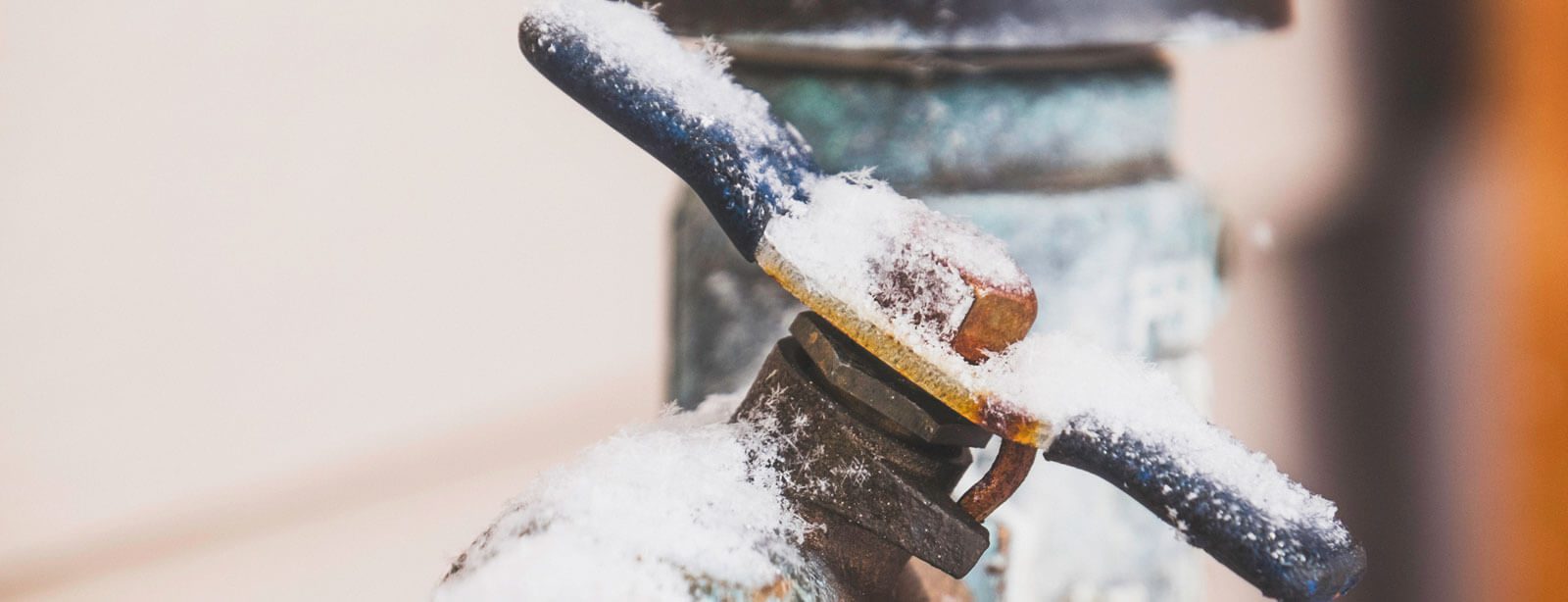Key Approaches for Avoiding Frozen Pipes in Winter
Key Approaches for Avoiding Frozen Pipes in Winter
Blog Article
How do you really feel in regards to Helpful Tips to Prevent Frozen Pipes this Winter?

Winter can wreak havoc on your plumbing, especially by freezing pipes. Right here's exactly how to stop it from occurring and what to do if it does.
Introduction
As temperature levels decline, the threat of frozen pipes boosts, potentially bring about costly repair work and water damages. Understanding exactly how to stop frozen pipelines is important for homeowners in chilly environments.
Avoidance Tips
Protecting susceptible pipes
Wrap pipelines in insulation sleeves or make use of warmth tape to shield them from freezing temperatures. Focus on pipelines in unheated or external areas of the home.
Home heating methods
Maintain indoor spaces properly heated, especially areas with pipes. Open up closet doors to allow cozy air to circulate around pipelines under sinks.
Exactly how to determine icy pipelines
Seek decreased water flow from taps, uncommon odors or noises from pipes, and noticeable frost on subjected pipelines.
Long-Term Solutions
Structural adjustments
Think about rerouting pipes far from exterior wall surfaces or unheated areas. Include extra insulation to attics, cellars, and crawl spaces.
Upgrading insulation
Purchase premium insulation for pipes, attics, and walls. Proper insulation helps maintain constant temperature levels and lowers the risk of icy pipelines.
Securing Outdoor Pipes
Yard hose pipes and outdoor faucets
Detach and drain pipes garden hoses before wintertime. Set up frost-proof spigots or cover outside faucets with protected caps.
Recognizing Icy Pipelines
What causes pipes to freeze?
Pipelines freeze when exposed to temperatures listed below 32 ° F (0 ° C) for prolonged periods. As water inside the pipelines ices up, it broadens, taxing the pipe wall surfaces and possibly causing them to burst.
Dangers and damages
Frozen pipes can cause supply of water interruptions, residential or commercial property damage, and costly fixings. Burst pipes can flood homes and cause extensive architectural damages.
Signs of Frozen Pipeline
Determining frozen pipelines early can stop them from bursting.
What to Do If Your Pipelines Freeze
Immediate activities to take
If you suspect frozen pipes, maintain faucets open up to ease pressure as the ice thaws. Use a hairdryer or towels taken in warm water to thaw pipes slowly.
Final thought
Stopping icy pipelines requires proactive steps and quick reactions. By recognizing the causes, signs, and safety nets, home owners can shield their pipes throughout winter.
6 Proven Ways to Prevent Frozen Pipes and Protect Your Home
Disconnect and Drain Garden Hoses
Before winter arrives, start by disconnecting your garden hoses and draining any remaining water. Close the shut-off valves that supply outdoor hose bibs and leave the outdoor faucet open to allow any residual water to drain. For extra protection, consider using faucet covers throughout the colder months. It’s also important to drain water from any sprinkler supply lines following the manufacturer’s directions.
Insulate Exposed Pipes
Insulating your pipes is an effective way to prevent freezing. Pipe insulation is readily available at home improvement stores and is relatively inexpensive. Pay close attention to pipes in unheated areas such as the attic, basement, crawl spaces, or garage. Apply foam insulation generously to create a buffer against the cold. You can also wrap your pipes in heat tape or thermostat-controlled heat cables for added warmth.
Seal Air Leaks
Inspect your home for any cracks or openings that could let in cold air. Seal any holes around the piping in interior or exterior walls, as well as the sill plates where your home rests on its foundation. Additionally, make sure to keep your garage door closed unless you’re entering or exiting. Leaving it open creates a significant air leak that can lead to frozen pipes.
Allow Warm Air Circulation
During cold snaps, it’s essential to allow warm air to circulate evenly throughout your home. Leave interior doors ajar to promote better airflow. Open kitchen and bathroom cabinets to help distribute heat consistently around the rooms. If you have small children or pets, be sure to remove any household chemicals or potentially harmful cleaners from open cabinets for safety.
Let Faucets Drip
A small trickle of water can make a big difference in preventing ice formation inside your pipes. When temperatures drop significantly, start a drip of water from all faucets served by exposed pipes. This continuous flow helps prevent the water from freezing. Additionally, running a few faucets slightly can relieve pressure inside the pipes, reducing the chances of a rupture if the water inside does freeze.
https://choateshvac.com/6-proven-ways-to-prevent-frozen-pipes-and-protect-your-home/

Do you like reading about How to Prevent Your Pipes From Freezing? Write a review directly below. We would be happy to listen to your responses about this blog entry. Hoping to see you back again later on. Do you know someone else who is inquisitive about the subject? Take a moment to share it. I truly appreciate your readership.
Visit Our Website Report this page